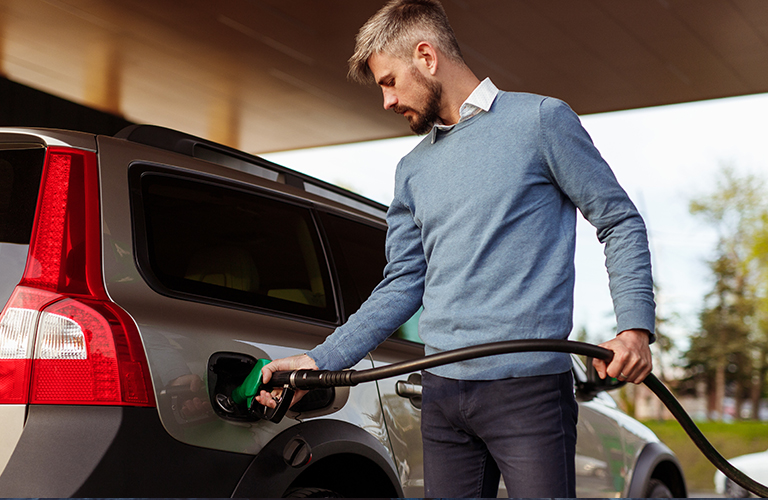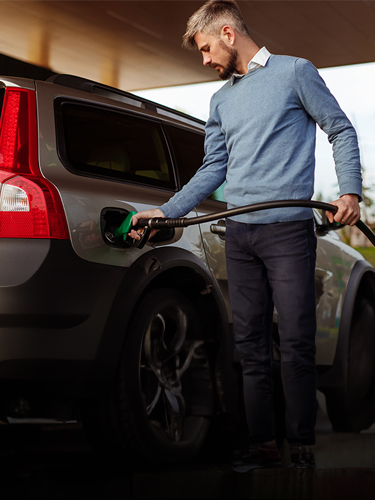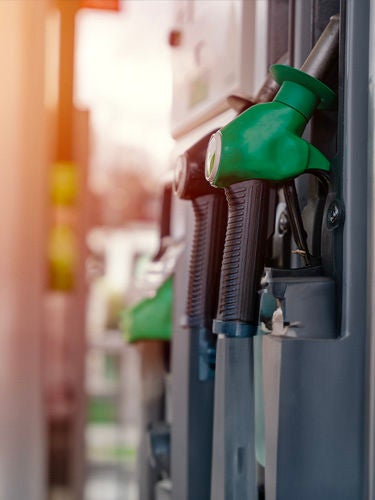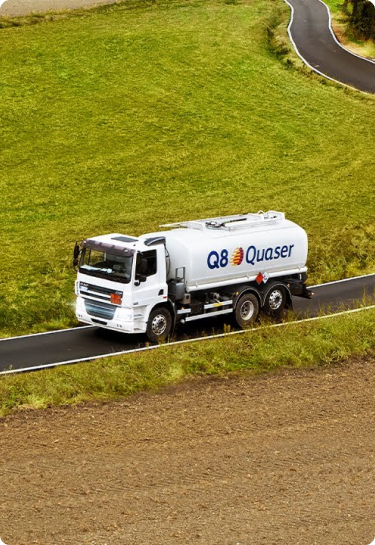


Gasoline
Unleaded Gasoline
Gasoline appears as a transparent green liquid, volatile and flammable. The characteristic green color is added as required by regulatory authorities to help prevent potential fraud. Unleaded gasoline is a mixture of hydrocarbons obtained from the refining of crude oil, produced in refineries through techniques such as distillation, isomerization, alkylation, reforming, and cracking. It is intended for internal combustion engines with spark ignition, known as petrol engines.
Key Characteristics and Performance:
- Anti-knock power (octane number, usually 95).
- Volatility.
- Density.
Required Performance:
- Engine starting at any temperature.
- Quick engine stabilization.
- Smooth engine operation under all driving conditions.
- Compression resistance, avoiding premature knocking during combustion.
Unleaded super gasoline, known as Eurograde 95, where the number 95 refers to the octane rating, complies with the European standard EN 228 and is used in vehicles equipped with catalytic converters. The combined use of catalytic converters and unleaded gasoline has significantly reduced regulated pollutant emissions (NOx, CO, HC) by over 80%.





